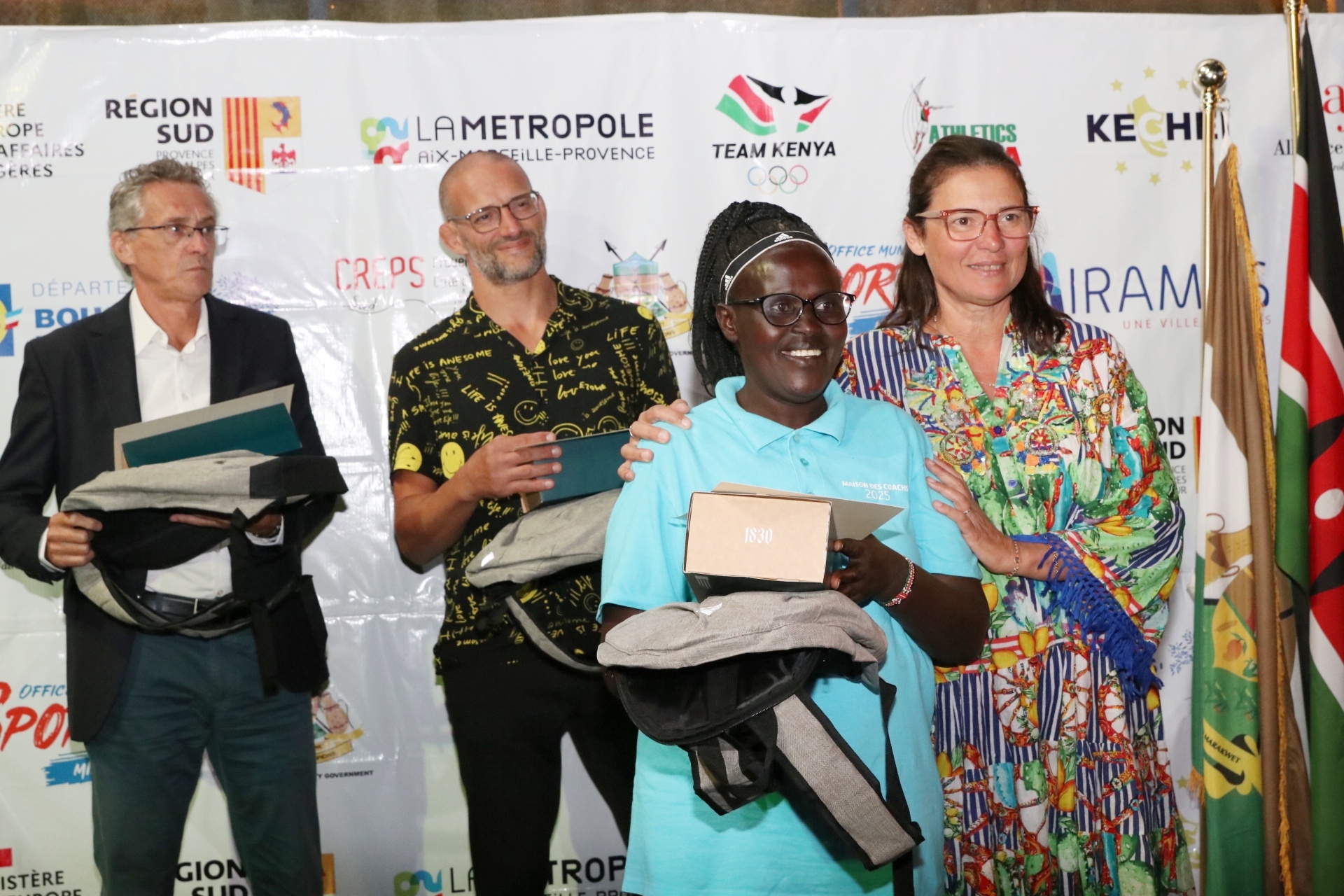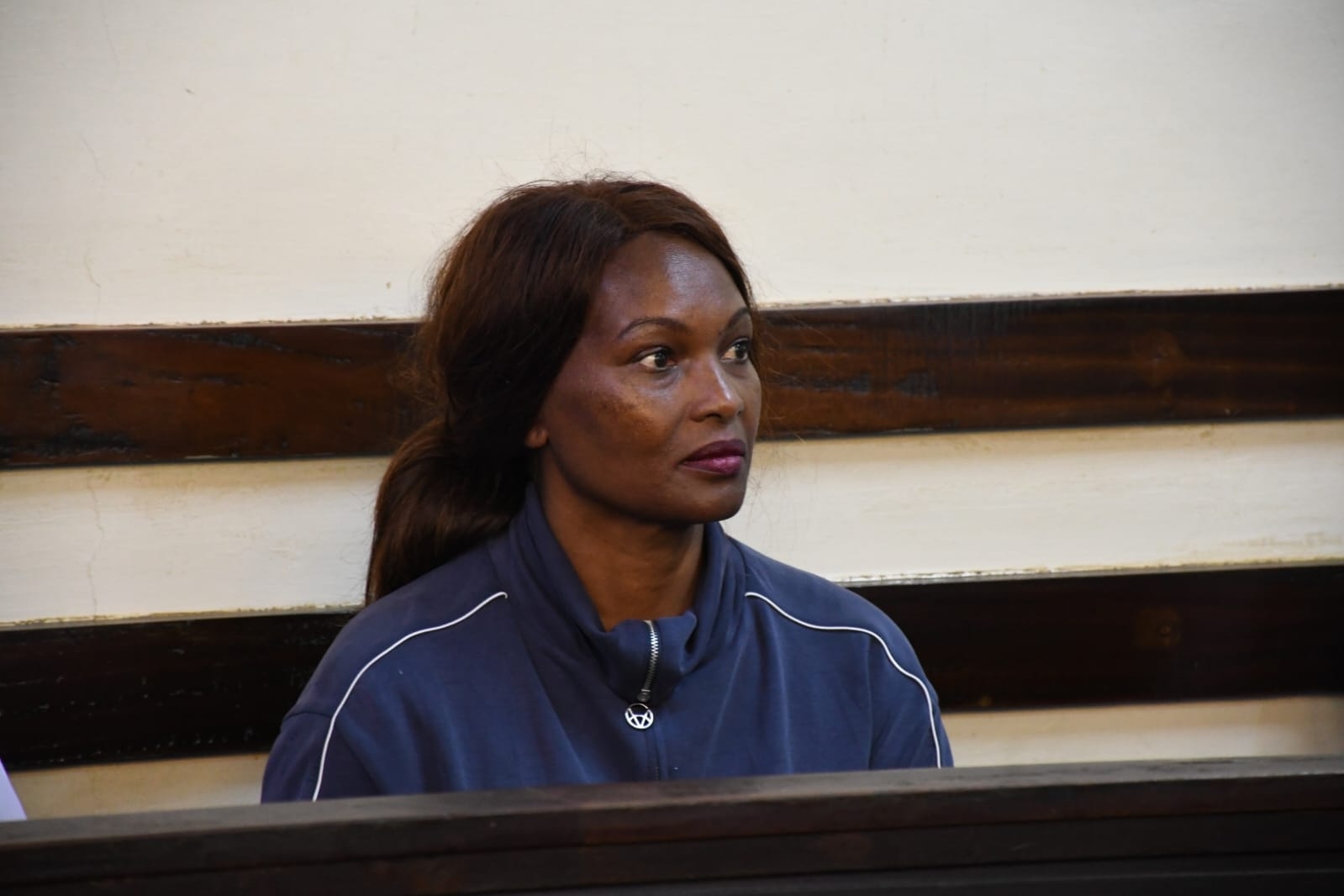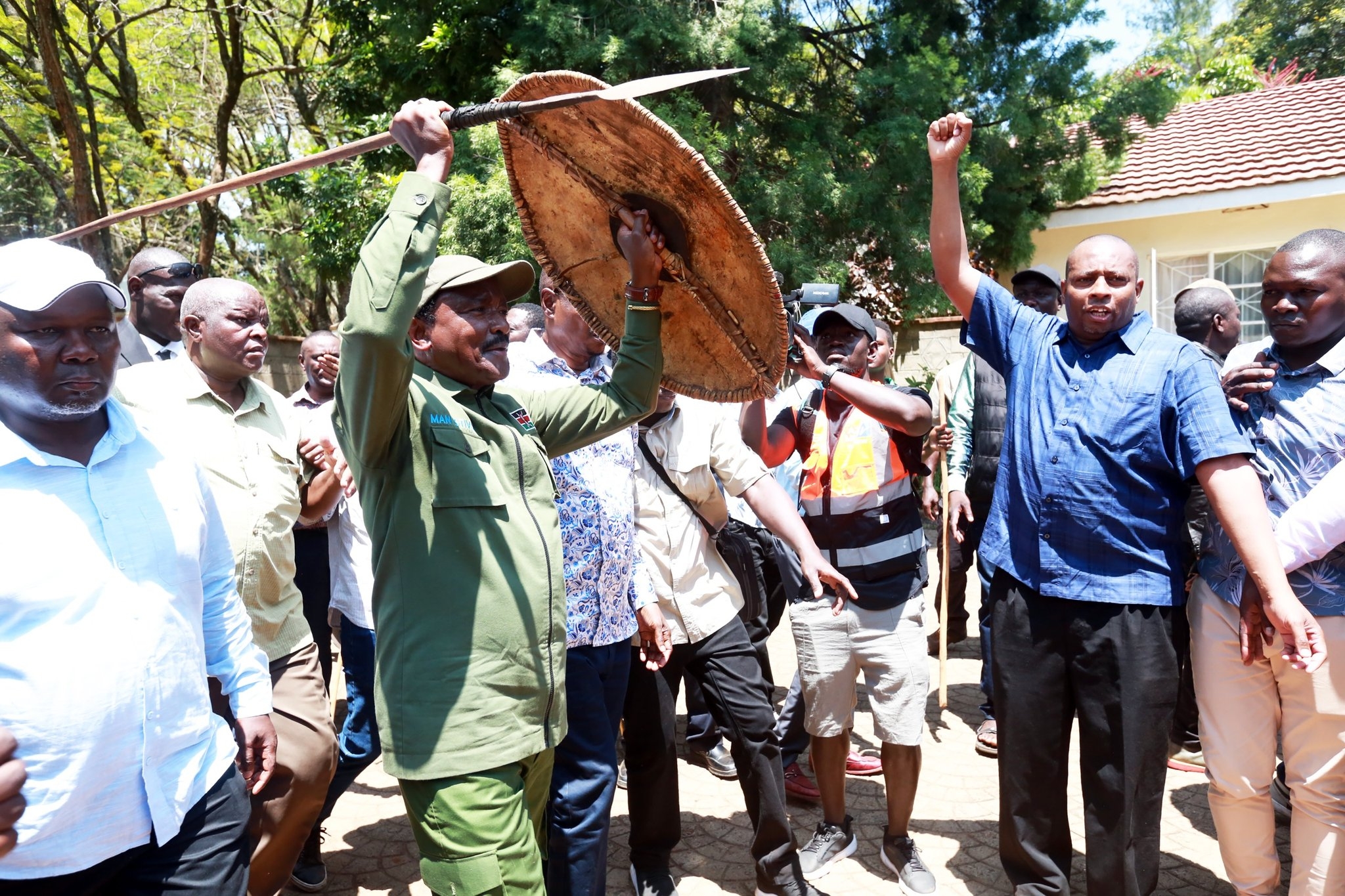
WildlifeDirect CEO Dr Paula Kahumbu interacts with Biomimicry Challenge Africa participants
Seventeen young innovators aged 11–15 from across Kenya have become the first participants in the Biomimicry Challenge Africa, a groundbreaking week-long immersion in nature, science and design held at the 50,000-acre Mpala Research Centre.
The challenge introduced children to biomimicry, the art and science of learning from nature’s strategies to solve human challenges.
Conceived by Dr Paula Kahumbu, CEO of WildlifeDirect and Beth Rattner, founder of the Morpho Collective in the USA, the event marks a milestone in transforming how young Africans engage with science, creativity and conservation.
Kahumbu described the event as “a turning point for education and innovation in Africa, where learning goes beyond classrooms and becomes an adventure in discovering nature’s genius”.
Rattner added, “The solutions to our toughest challenges, from climate resilience to sustainable cities, are already in nature. By equipping children to see and think this way, we’re nurturing a generation of regenerative thinkers and problem-solvers.”
Set in the wild landscapes of Mpala, where elephants roam and rivers teem with life, the programme blended field exploration with scientific inquiry.
Over seven days, students observed trees, wild flowers and other plants, as well as elephants, giraffes, dik-diks and even a rare black leopard; studied plants and fish to identify what strategies they deploy for survival.
For example, the yellow fever tree’s bark keeps the tree cool and protected through chemical and physical strategies.
The students were unleashed in nature to climb trees, scramble over rocks, catch fish and collect species, smelling, tasting, touching and listening, all the while guided by a team from WildlifeDirect and guest experts and leading scientists, including Dino Martins, Andy Dobson, Dan Rubenstein, Mandë Holford, Patrick McCool, Muffadal Alibhai and Dan Kinzer, who joined in person and virtually to guide their exploration and discoveries.
The Travelling Telescope team added a cosmic dimension, inspiring the children to look beyond earth and imagine life on other planets.
The students were taught design thinking as a process, changing how they will forever see the natural world as a source of innovation and inspiration.
Drawing from what they observed in nature, the students developed seven innovations designed to tackle real-world problems.
They developed a contact lens for seeing underwater, a drone silencing mechanism for wildlife research and new non-toxic, natural colour palettes for paint, jewellery and fashion.
They also developed eco-inspired construction for cooler, stronger homes in arid areas, emergency detection systems for lost people in the wilderness, cooling fabrics and roof designs that carry conservation messages and a tree hydration device for large-scale restoration projects like Africa’s Great Green Wall.
Drawn from public and private schools, the 17 participants worked together on prototyping their innovations.
Mpala Research Centre, a world leader in ecological and wildlife research, provided an open-air classroom where learning came alive through direct observation, experimentation and mentorship.
WildlifeDirect and Morpho Collective intend to run this course several times per year for students and educators.
The two organisations are now inviting partners, sponsors and mentors to help advance the children’s ideas into real prototypes and scale the Biomimicry Challenge across Africa.













![[PHOTOS] Uhuru leads Jubilee grassroots meeting in Murang’a](/_next/image?url=https%3A%2F%2Fcdn.radioafrica.digital%2Fimage%2F2025%2F11%2F0b2a49cd-52fb-4a92-b9dc-26e253825a4a.jpeg&w=3840&q=100)


